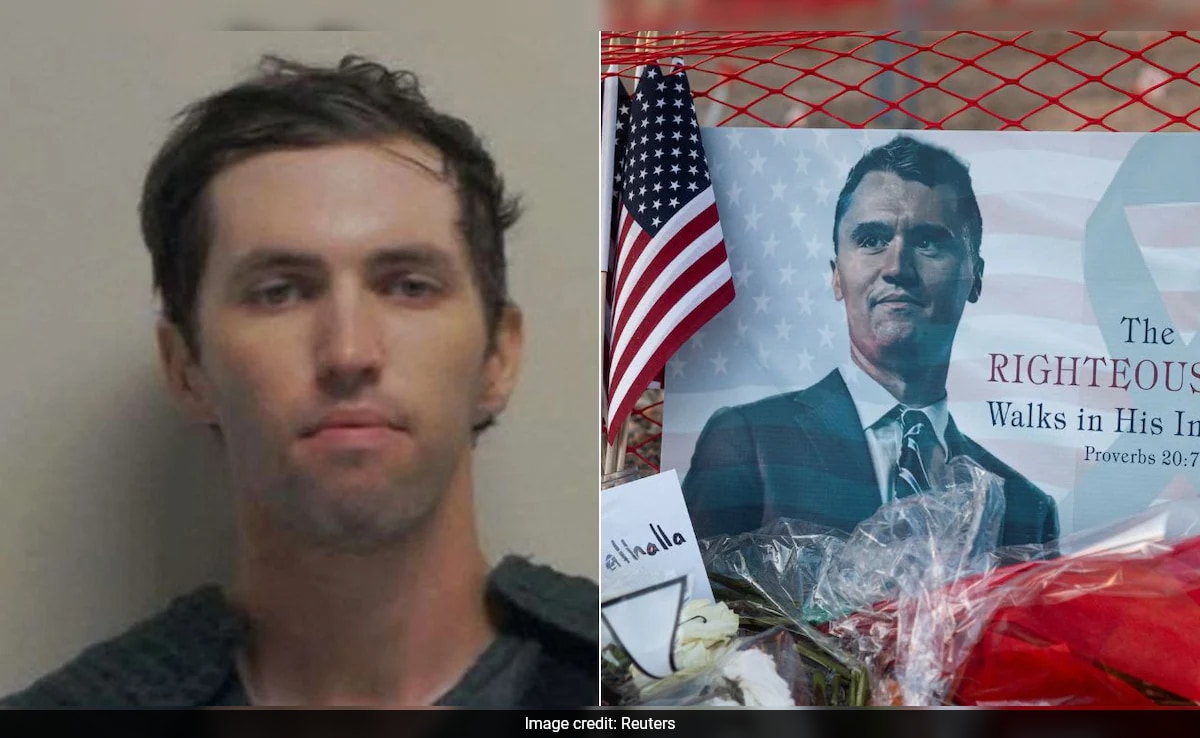Saturday: The cost of fuel skyrockets
Kazakhstan, an oil-rich nation and one of the largest in the world by area, lifted price caps on liquefied petroleum gas, which is used to operate most vehicles. The move caused the price of fuel to skyrocket, roughly doubling overnight.
That sparked anger, especially in the less wealthy western region of Mangistau, where protests began to take hold over the weekend.
Protests in Kazakhstan are relatively rare; the government rules with an iron fist and has used violence to crack down on opposition. In 2011, police fired on demonstrators in Mangistau, killing more than a dozen people.
Tuesday: Countrywide demonstrations
But the uprisings in the countryâs west spread to other parts. By Tuesday night, about 5,000 people had gathered in Almaty, Kazakhstanâs largest city. The demonstrations became less about the fuel-cap decision â which the government said Tuesday it would reverse â and more about dissatisfaction with those in charge.
Father of the Nation Nursultan Nazarbayev, 81, has ruled Kazakhstan for three decades, since the country gained independence in 1991. He handpicked Kassym-Jomart Tokayev as his successor as president in 2019, but has kept a firm grip on power.
Protesters shouted âOld man, go away!â as they rallied in frigid temperatures.
Wednesday: Escalation
On Wednesday, the demonstrations got more heated. Protesters attempted to pull down a statue of Nazarbayev.
They set fire to government buildings.
They also stormed the airport.
Wednesday night: Tokayev calls on Russia
With the Internet and messaging apps in much of the country blocked, Tokayev took to the state airwaves to call the demonstrators âinternational terrorists.â
He called on Russia to help quell the protests.
Thursday: Russian troops arrive
On Thursday, neighboring Russia heard those calls, dispatching its âpeacekeepersâ â part of the Collective Security Treaty Organization, which was formed after the dissolution of the Soviet Union â to Kazakhstan. It is unclear how many were deployed, or how long they will stay.
Local security forces fired on protesters Thursday, killing âdozens,â according to a Kazakh official.
Friday: âShoot to kill.â
Violence escalated as protests continued. Tokayev told forces to âshoot to kill without warningâ in an attempt to quash the uprising.
Authorities said that in addition to the dozens killed, some 4,000 âriot participantsâ were detained.
The president also dismissed the possibility of talks with the protesters, saying in a televised address, âWhat negotiations could there be with criminals and murderers?â
.png)











 English (United States) ·
English (United States) ·  Turkish (Turkey) ·
Turkish (Turkey) ·